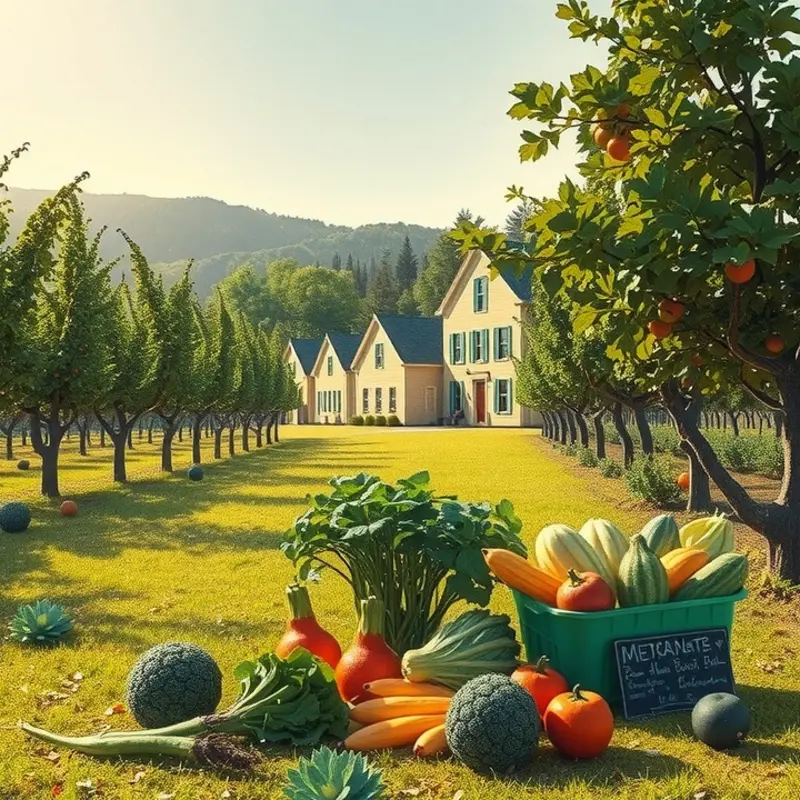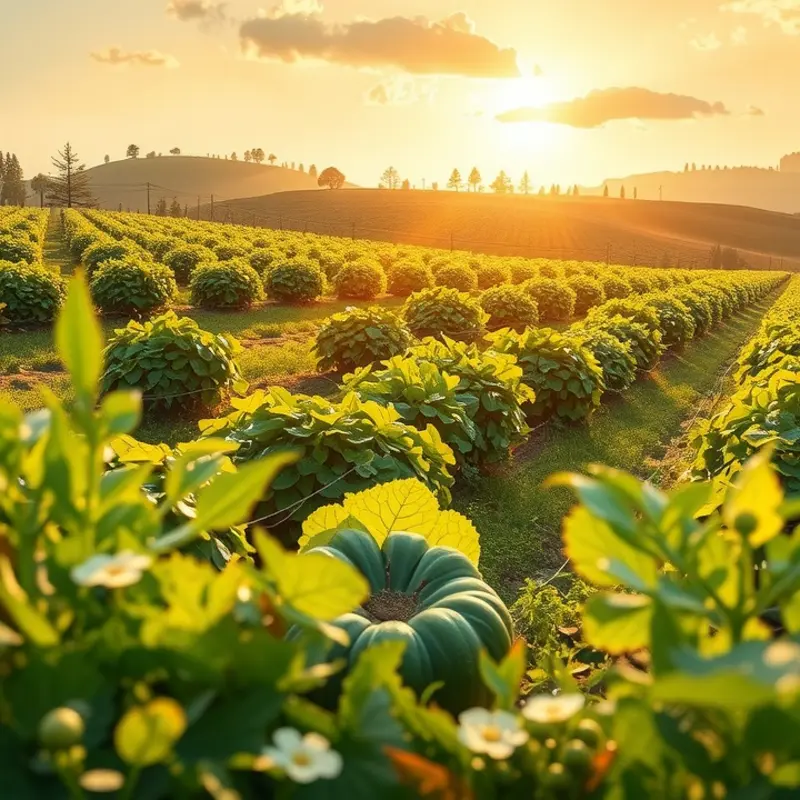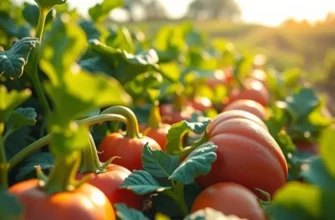Amid rising awareness of nutrition, high-iron diets are capturing attention. These diets, packed with iron-rich foods, aim to combat deficiency and promote overall health. Understanding these diets can empower individuals to make informed choices. Here, we delve into what constitutes a high-iron diet, dietary sources, and its benefits and potential challenges, offering essential insights for anyone considering this trend.
Understanding Iron: Types and Importance

Iron is a crucial mineral that plays several significant roles in maintaining our health. This section delves into the specifics of dietary iron, distinguishing between heme and non-heme iron, and explains their importance for the human body.
Dietary iron is categorized into two forms: heme iron and non-heme iron. Heme iron is found in animal products such as red meat, poultry, and fish. It is absorbed more efficiently by the body than non-heme iron. Conversely, non-heme iron is primarily found in plant-based foods like beans, lentils, and fortified grains. Although non-heme iron is less readily absorbed, consuming vitamin C-rich foods alongside can enhance its absorption.
Iron is vital because it is a core component of hemoglobin, a protein in red blood cells responsible for transporting oxygen from the lungs to the rest of the body. This transport function is essential for producing energy, which supports numerous physiological activities. Iron also plays a role in maintaining healthy cells, skin, hair, and nails.
A common benefit of adequate iron intake involves improved cognitive function. Iron deficiency can lead to impaired concentration and increased fatigue. This is particularly relevant for individuals with higher iron needs, such as pregnant women, young children, and those following a vegetarian or vegan diet.
Aside from contributing to oxygen transport and energy production, iron supports the immune system. It helps in the proliferation of immune cells and the generation of reactive oxygen species that eliminate pathogens. Individuals who consistently lack sufficient iron may experience frequent illnesses due to a weakened immune response.
To maximize iron intake, consider diversifying your diet. Include both meat and plant sources as part of balanced eating. It’s also beneficial to pair iron-rich foods with those high in vitamin C to optimize absorption. For advice on easy ways to incorporate diverse ingredients into your meals, you might find some useful tips here.
In essence, iron is indispensable for maintaining vitality and overall wellness. While the body is adept at regulating iron absorption to prevent overload, understanding how to balance heme and non-heme sources can enrich your nutritional profile and enhance health outcomes. As we delve further into the high-iron diet trend, consider how these insights can inform your choices and promote your well-being.
Incorporating Iron into Your Diet

Incorporating iron into your diet can be a straightforward yet crucial step in boosting your overall nutrition. One of the best approaches is to diversify your meals with a variety of iron-rich foods. These can be categorized into heme and non-heme sources. Heme iron, found in animal products, is generally more easily absorbed by the body. Excellent sources include red meat, poultry, and seafood. For those following a plant-based diet, non-heme iron sources are vital. Foods like lentils, beans, tofu, and spinach are rich in this type of iron.
Here’s a practical tip: pairing non-heme iron sources with vitamin C-rich foods can significantly enhance their absorption. You can achieve this by simply adding citrus fruits, bell peppers, or strawberries to your meals. For example, a spinach salad with orange slices or a side of broccoli can boost iron intake effectively.
For breakfast, try a smoothie made with spinach, a handful of berries, and fortified plant milk. This provides both iron and vitamin C, easily kicking off your day with a nutrient boost. At lunchtime, consider a lentil salad. Lentils are a fantastic iron source and are highly versatile. Combine them with tomatoes and a squeeze of lemon juice for an added vitamin C kick.
When it comes to dinner, stir-fries are a great option. Opt for tofu alongside vegetables like broccoli and bell peppers, and season it with soy sauce and ginger for heightened flavor. If you’re preparing a meat-based meal, such as a lean beef stir-fry, adding greens such as kale not only enhances nutrition but also adds texture and taste. These meal ideas can help you enjoy iron-rich foods while maintaining a balanced diet.
One recipe to try is a chickpea and spinach curry. This dish not only includes spinach, rich in non-heme iron but also chickpeas, which provide yet another iron boost. Cook with tomatoes, cumin, and coriander to create a flavorful, nutrient-packed meal. For those who are mindful of their eating habits, our article on addressing unconscious eating provides insight into making more deliberate and healthful food choices.
Incorporating a variety of these foods ensures you get a balanced mix of nutrients, crucial for maintaining energy levels and overall health. Remember, slight adjustments like combining iron-rich foods with vitamin C can make a substantial impact on iron absorption, enhancing your diet naturally. Embracing these changes in your meal planning can lead to more vibrant and enjoyable eating experiences, all while supporting your nutritional needs.
Final words
A high-iron diet can play a vital role in enhancing health and well-being. By understanding the types of iron and knowing which foods to incorporate, individuals can enjoy the benefits of increased iron intake. The emphasis on both heme and non-heme iron allows for flexibility in dietary choices, making it accessible for different preferences, whether omnivorous or plant-based. With thoughtful meal planning and an awareness of absorption techniques, anyone can successfully adopt a high-iron diet and improve their nutrition. Therefore, consider diversifying your plate with iron-rich foods to nourish your body.








